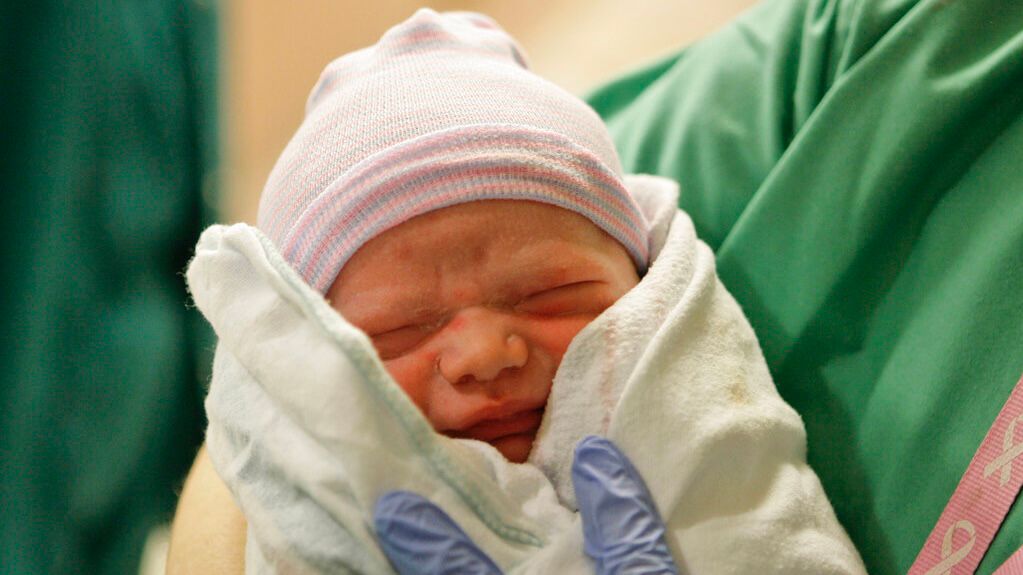SAN DIEGO — The monarch butterfly is two steps away from extinction, as scientists put the iconic orange-and-black insect on the endangered list because of its fast dwindling numbers. The International Union for the Conservation of Nature added the migrating monarch butterfly for the first time to its “red list” of threatened species and categorized it as “endangered.”
Many people are now stepping in to help as much as they can.
Wearing a shirt that reads “plant more milkweed,” Chelsea Gastelum is a champion of native plants. She jokingly calls herself the “Pajama Gardener” because it’s the first thing she does when she wakes up.
“I enjoy gardening. I get up and I garden for an hour or two every morning and that’s what I consider relaxing, my Zen time,” she said.
Gastelum runs a milkweed hub for Monarch Fellowship where she raises native plants to give to people who want to create a butterfly habitat at their homes.
“The more people planting, the more butterflies, the more it helps with the conservation,” Gastelum said. “And if we can get people to plant more native milkweed, the butterflies can travel around through different yards and be able to use it on their migration.”
Ann Baldridge is the executive director of the Resource Conservation District of Greater San Diego County. They are partnering with Earth Discovery Institute to build a native milkweed program, dedicated to growing safe habitat for the Monarch. She says monarchs are imperiled by loss of habitat, increased use of herbicides and pesticides, as well as climate change.
“They’re a sign of a healthy ecosystem,” Baldridge said. “So if the Monarch is in decline, that’s a pretty sure sign that the rest of our ecosystem is in decline as well. So anything we do to buoy up the Monarch, to support it, to increase its numbers, is going to support other pollinators, other wildlife that we need to sustain the landscapes around us.”
Baldridge says the Monarch has not been listed as endangered here in the United States yet, but the U.S. Fish & Wildlife Service will make a decision in the years ahead. In December 2020, FWS determined that listing the monarch under the Endangered Species Act was warranted, but other species took higher priority.
Baldridge said the best thing people can do is to plant native milkweed and avoid harmful chemicals.
“We can all do a part in helping protect the Monarch and other pollinators.”
Gastelum is on a one-woman mission to step up her help for the beloved butterfly, also running a native seed library for her community and a monarch waystation at her home: a place for monarchs to rest, refuel, and lay eggs during their migration journey. She hopes if everyone works together, the monarch will be saved.
“It’s not listed yet in the U.S. but they’re on the watch list and if we can help prevent something while they’re on the watch list, then maybe we can prevent them from being brought all the way to the endangered list,” she said.
You can email the Resource Conservation District of Greater San Diego County and they will send you a pack of native milkweed seeds in the mail.










